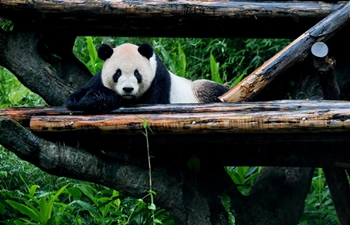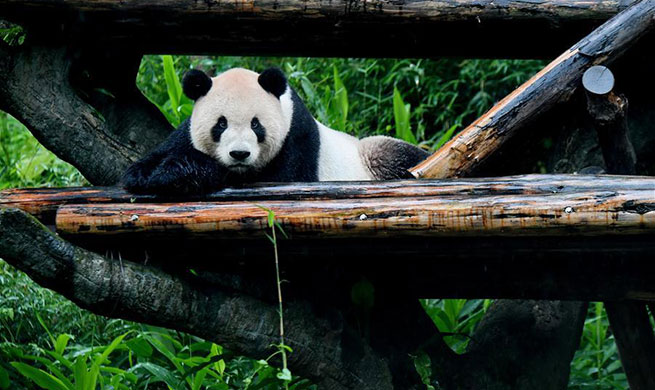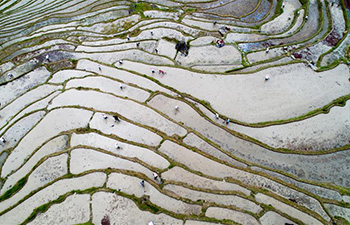WASHINGTON, May 6 (Xinhua) -- French and German scientists found that the Sino-Tibetan language family, including Chinese and Burmese, originates about 7,200 years ago in North China.
This language family, one of the most diverse language families with more than 400 modern languages and spoken by about 1.5 billion speakers, originates among millet farmers of the Neolithic cultures of late Cishan and early Yangshao.
The findings are published on Monday in the journal Proceedings of the National Academy of Sciences.
During the past 10,000 years, two of the world's largest language families emerged, one in the west and one in the east of Eurasia, altogether accounting for nearly 60 percent of the world's population.
While the Indo-European one in the west has been examined comprehensively, the Sino-Tibetan one remains unclear about its origin. Some researchers assumed that it arises from southwest China or northeast India around 9,000 years ago.
The researchers assembled a lexical database containing core vocabulary from 50 Sino-Tibetan languages. This database includes ancient languages spoken 1,000 and more years ago, such as Old Chinese, Old Burmese, and Old Tibetan, as well as modern languages documented by field work.
"We find clear evidence for seven major subgroups with a complex pattern of overlapping signals," said the paper's co-author Simon Greenhill of the Max Planck Institute for the Science of Human History. "Our estimates suggest that the ancestral language has arisen around 7,200 years ago."
The most likely expansion scenario of the languages involves an initial separation between an Eastern group, from which the Chinese dialects evolved, and a Western group, which is ancestral to the rest of the Sino-Tibetan languages, according to the researchers.
Another study published in the journal Nature on April 24 also confirmed that Sino-Tibetan languages originates in present-day northern China and this language family began to disperse and diversify around 5,900 years ago, a prehistory period associated with the Yangshao culture and the later Majiayao culture in the basin of Yellow River.













